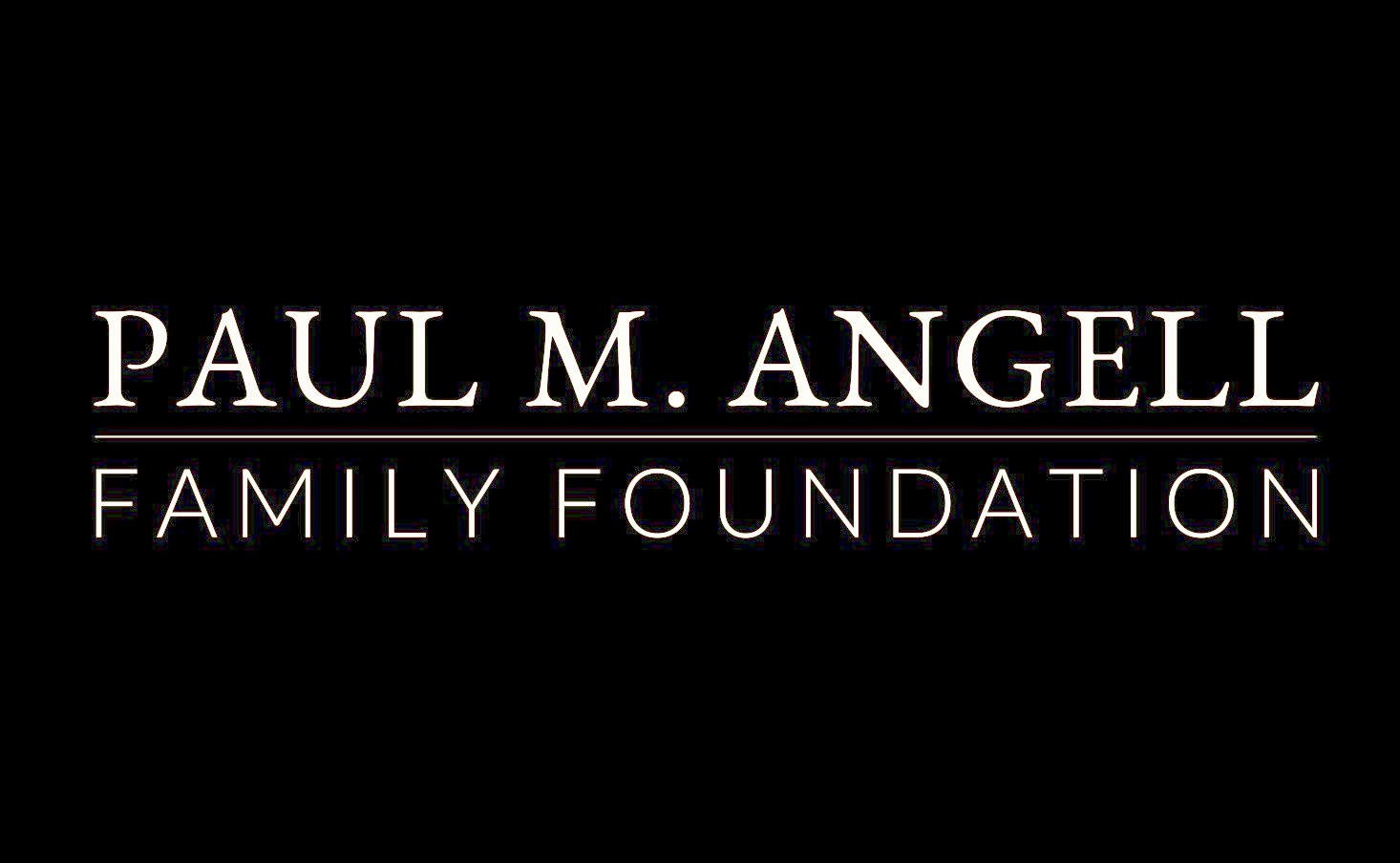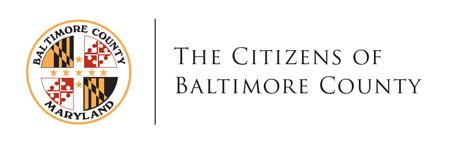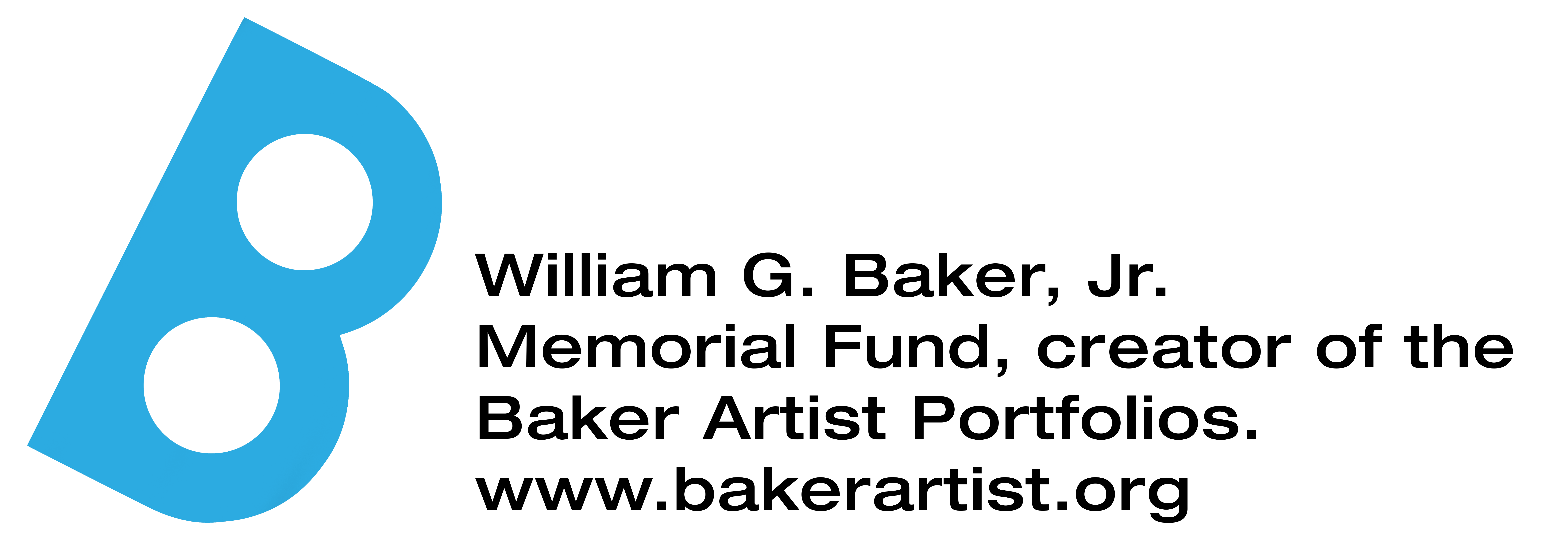Tessa Lark, violin
Joshua Roman, cello
Edgar Meyer, double bass
Location: Shriver Hall
Described by The New Yorker as “the most remarkable virtuoso in the relatively unchronicled history of his instrument,” seven-time Grammy winner Edgar Meyer is the only bassist to receive both the Avery Fisher Prize and a MacArthur Genius Award. Meyer’s new all-star American trio blends bluegrass roots with classical virtuosity in a program of Bach, two early Meyer trios, and a new work Meyer composed expressly for this dynamic ensemble.
"The three players had…a clarity of ensemble and a feeling of freedom and connection." —San Francisco Classical Voice
What You'll Hear
About the sponsor
This concert endowment was established in 2002 in honor of longtime Shriver Hall Concert Series Board member Dr. Helen Harrison, a gift by her sons Dr. Stephen Harrison and Dr. Richard Harrison and their families. Helen Harrison joined the Shriver Hall Concert Series Board of Directors in November 1973 at the invitation of founding president Ernest Bueding. Dr. Harrison served as an active and influential member of the Board until 2001, and she was responsible for bringing many new members to the Board, including chair emerita Jephta Drachman. As a scientist, Dr. Harrison shared the prestigious Howland Prize with her husband, Dr. Harold Harrison, for research done at The Johns Hopkins University School of Medicine.
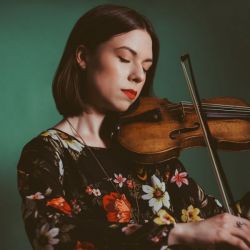
Tessa Lark
Violinist Tessa Lark is one of the most captivating artistic voices of our time, praised by critics and audiences for her astounding range of sounds, technical agility, and musical elegance. In 2020 she was nominated for a Grammy in the Best Classical Instrumental Solo category. She is also an acclaimed fiddler in the tradition of her native Kentucky, delighting audiences with programming that includes Appalachian and bluegrass music, and inspiring composers to write for her.
In addition to her performance schedule, Lark is the newly minted artistic director of the Moab Music Festival, and she continues her work as artistic director of Musical Masterworks (CT). Her summer 2025 included performances with the Sarasota Festival, Britt Festival, Princeton Festival, Napa Valley Festival, Seattle Chamber Music Festival, La Jolla Music Society SummerFest, and Moab Music Festival.
Lark’s 2025-26 season features a new concerto written for her by Lisa Biewala. The premiere with The Louisville Orchestra takes place in October followed by performances with the Cincinnati Symphony Orchestra. Other highlights include returns to the Chamber Music Society of Palm Beach, Pasadena Symphony, Tucson Symphony, and Lexington Philharmonic. In recital, she debuts with the Da Camera Society (TX), and returns to The Cliburn (TX) and Sunriver Music Festival (OR). As a chamber musician, she tours with composer-bassist Edgar Meyer and cellist Joshua Roman to venues including the Alabama School of Fine Arts, Baltimore’s Shriver Hall Concert Series, New York’s 92nd Street Y, Santa Barbara’s Music Academy of the West, and Portland’s Chamber Music Northwest.
Lark has performed with orchestras, recital venues, and festivals around the world. She has appeared with the Royal Scottish National Orchestra, BBC Symphony Orchestra, the Stuttgart Philharmonic, and the Indianapolis, Knoxville and Seattle symphonies; as well as being presented by Carnegie Hall, Lincoln Center, Wigmore Hall, Barbican Hall, Concertgebouw, Isabella Stewart Gardner Museum, Cal Performances, San Francisco Performances, Seattle Chamber Music Society, Australia’s Musica Viva Festival, and the Marlboro, Mostly Mozart, and Bridgehampton summer festivals.
Lark’s most recent album, “The Stradgrass Sessions,” released in spring 2023, features an all-star roster of collaborators and composers including Edgar Meyer, pianist Jon Batiste, mandolinist Sierra Hull, and fiddler Michael Cleveland. The album mixes original compositions by Lark and her collaborators with a Ysaÿe sonata, Bartók violin duets arranged for violin and mandolin, and the world premiere recording of Corigliano’s STOMP.
Lark’s debut recording was the Grammy-nominated Sky, a bluegrass-inspired violin concerto written for her by Michael Torke and performed with the Albany Symphony Orchestra. Her discography also includes “Fantasy” on First Hand Records and “Invention” with bassist Michael Thurber. A live performance recording of Piazzolla’s Four Seasons of Buenos Aires was released in 2021 by the Buffalo Philharmonic in honor of Piazzolla’s centenary.
Lark is a recipient of the Hunt Family Award, one of the Lincoln Center’s prestigious Emerging Artist Awards, as well as a 2018 Borletti-Buitoni Trust Fellowship and a 2016 Avery Fisher Career Grant. She is a graduate of New England Conservatory and The Juilliard School. She plays a ca. 1600 G.P. Maggini violin on loan from an anonymous donor through the Stradivari Society of Chicago.
"She exudes a graciousness that welcomes you to join her in the exploration of the music. Her sound is rich, yet always maintains an underlying purity." —Violinist.com
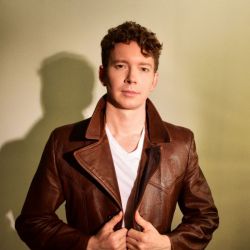
Joshua Roman
Joshua Roman is a cello soloist and composer, hailed for his “effortlessly expressive tone… and playful zest for exploration” (The New York Times), as well as his “extraordinary technical and musical gifts" and “blend of precision and almost improvisatory freedom… that goes straight to the heart” (The San Francisco Chronicle). His genre-bending programs and wide-ranging collaborations have grown out of an “enthusiasm for musical evolution that is as contagious as his love for the classics” (The Seattle Times).
Committed to bringing classical music to new audiences, Roman opened the acclaimed 2017 TED Conference—and his performance of the complete Bach Cello Suites after the 2016 U.S. presidential election was the most-viewed event in the history of TED’s social channels, with nearly a million live viewers. Roman has collaborated with world-class artists across genres and disciplines, including Yo-Yo Ma, Edgar Meyer, DJ Spooky, Tony-winner/MacArthur Genius Bill T. Jones, Grammy-winning East African vocalist Somi, and Tony-nominated actor Anna Deavere Smith.
As a soloist, Roman’s “exceptionally high quality of performances” (The Los Angeles Times) combine “the expressive control of Casals with the creative individuality and virtuoso flair of Hendrix himself” (Gramophone). He has performed with leading orchestras around the United States and the world, including the San Francisco, New World, and Toronto symphonies, Los Angeles Philharmonic, and BBC Scottish and Mariinsky symphony orchestras, and he was principal cellist of the Seattle Symphony from age 22 to 24.
Roman released the ambitious and deeply personal “Immunity” in October 2024 on Bright Shiny Things. The album—his first as a solo artist—is a musical exploration of Roman’s life altering experience of ongoing Long COVID, with music ranging from J.S. Bach to George Crumb to Caroline Shaw, as well as Roman’s own compositions. Since the album’s release, he has continued raising awareness of the condition and the importance of finding strength in vulnerability through performances and speaking engagements in the U.S. and abroad. These engagements have included residencies at Stanford University and Yale University; participation in the Aspen Ideas Festival and the Oslo Freedom Forum; and well-being concerts at Carnegie Hall.
Roman’s 2025-26 season features the continuation of his Immunity project, both on tour and with Long COVID clinics in December 2025; as well as ongoing trio performances with violinist Tessa Lark and double bassist Edgar Meyer in festivals and recital halls across the U.S. Additional highlights of the 2025-26 season include concerto appearances with the Charlotte Symphony Orchestra, New York Youth Symphony, Heartland Festival Orchestra, South Bend Symphony Orchestra, and Bellingham Symphony Orchestra.
Roman plays an 1830 Giovanni Francesco Pressenda on a generous loan through The Stradivari Society of Chicago.
Joshua Roman’s website is joshuaroman.com.
"He is a musician of imagination and expressive breadth." —Seattle Post-Intelligencer
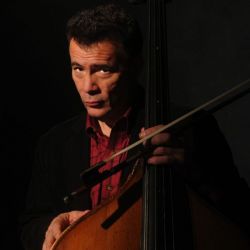
Edgar Meyer
Hailed by The New Yorker as “…the most remarkable virtuoso in the relatively un-chronicled history of his instrument,” Edgar Meyer is the only bassist to be awarded both the prestigious Avery Fisher Prize and MacArthur Grant, solidifying his unparalleled talent in his field. In 2024, he was honored with his sixth and seventh Grammy Awards for “As We Speak,” the second acclaimed studio album released with long-time friend and collaborators, Béla Fleck, Zakir Hussain, and Rakesh Chaurasia.
2024 also saw a complete recording of Meyer’s three concertos for bass and orchestra with The Knights, conducted by Eric Jacobsen and produced by Chris Thile. The concerto project includes his Concertino for Bass and 14 Strings, recorded in 2023 with the Scottish Ensemble led by Jonathan Morton, who commissioned and toured the piece with Meyer in 2022.
In addition to his performing and recording career, Meyer is a celebrated composer, seamlessly displaying a range that encompasses classical, bluegrass, newgrass, and jazz. Most recently, he was one of five composers commissioned by American violinist Joshua Bell and the New York Philharmonic for Bell’s project The Elements, which had its world premiere in 2023.
In the 2025-26 season, Meyer continues his U.S. tour with violinist Tessa Lark and cellist Joshua Roman, performing newly commissioned works alongside his trios. He also joins fellow bassist Christian McBride to tour their 2024 album, “But Who’s Gonna play the Melody?”, and reunites with George Meyer and Mike Marshall to tour the U.S. with music from their celebrated album “Short Trip Home.”
Meyer is the subject of an ongoing documentary filmed and produced by Tessa Lark, Andrew Adair, and Michael Thurber.
Edgar Meyer’s website is edgarmeyer.com.
“The most remarkable virtuoso in the relatively unchronicled history of his instrument,” —The New Yorker
Program Note by Edgar Meyer
View NotesIn 1986-1988, I wrote a series of three string trios that I premiered with Daniel Phillips and Carter Brey at the Santa Fe Chamber Music Festival. These were the first longer pieces that I had conceived as such, and they set the tone for my next four decades. Only one was partially recorded. After meeting Tessa Lark and Joshua Roman a few years ago, I realized that they were perfect for helping me document this personal milestone. I also have set out to write a new trio for us to “complete the thought.” Following the tour, we will record the old trios and the new one as a set. Tonight, we will be performing both the 1986 and 1988 trios, the new trio, and we will open the concert with the Bach Gamba Sonata, BWV 1027. It is worth noting that this gamba sonata was also listed among Bach’s works as a trio sonata for two flutes and continuo. This version with violin, cello, and bass takes advantage of the tessitura spread of the gamba sonata and also the three voice nature of the two flute and continuo trio sonata. We like to begin the concert with this piece in part to ask Bach’s blessing on our lesser efforts.
—Edgar Meyer
Johann Sebastian Bach (1685-1750)
Sonata for Viola da Gamba No. 1 in G major, BWV 1027
View NotesAlthough Bach was best known as a virtuoso on the organ and harpsichord, he was also a better-than-average violinist and violist. He learned to play the violin as a child—probably under the tutelage of his father, a town piper in Eisenach—and kept it up for the rest of his life. This dual ability was surely a factor in Bach’s first major appointment as Kapellmeister, or director of music, to Prince Leopold of Anhalt-Cöthen in 1717. In the words of a later court composer in Cöthen, Johann Adam Hiller, the prince “was a great connoisseur and champion of music; he himself played the violin not badly and sang a good bass.” Thanks to Leopold’s interest and generosity, Bach had at his disposal a group of some 16 expert instrumentalists who inspired not only the six “Brandenburg” Concertos but also his great unaccompanied works for violin and cello.
According to his composer-son Carl Philipp Emanuel, Bach played the violin “clearly and penetratingly.” Although it’s unlikely that his technique was equal to the daunting challenges posed by his own music for the instrument, one can readily imagine the composer patiently working out intricate passages on his fine violin by Jacob Stainer, a leading violin maker of the Baroque period. C.P.E. Bach told his father’s biographer, Johann Nikolaus Forkel, that Bach “understood to perfection the possibilities of all stringed instruments.” The younger Bach quoted an eminent violinist of the time as saying that “he had seen nothing more perfect for learning to be a good violinist and could suggest nothing better to anyone eager to learn,” than the six unaccompanied Sonatas and Partitas. Indeed, Bach’s cello and violin solos are a virtual encyclopedia of 18th-century string technique; no composer, before or since, has explored the instruments’ expressive capabilities more comprehensively than he did.
The first of Bach’s three sonatas for viola da gamba (or cello, as in today’s performance) and harpsichord is a trio sonata in all but name. In its first incarnation, in fact, the G-major Sonata was a trio sonata, scored for two flutes and basso continuo (BWV 1029). When Bach adapted this work for the bass viol, he assigned the second flute part to the keyboard player’s right hand and pared the continuo accompaniment down to a single line. The result is a work of crystalline contrapuntal clarity—three independent voices woven into a vibrant polyphonic fabric, with none of the conventional chordal filler. In freeing the harpsichord from its traditional subordinate role and integrating it into the ensemble as a full-fledged partner, Bach also accentuated the viola da gamba’s soloistic qualities in a way that anticipated the bravura character of the high-Baroque solo instrumental sonata.
By the time he composed the G-major Sonata, probably around 1740, the gentle-voiced viola da gamba was already something of an anachronism. The cello, with its bolder, brighter sound, was the instrument of the future, as Bach had acknowledged some two decades earlier by featuring it in six brilliantly idiomatic solo dance suites. Yet in BWV 1027—as in its two companion sonatas, in D major and G minor—the viola da gamba makes no concession to the “antique” style in either musical expression or technique. Formally, the sonata is laid out in the customary four movements, slow-fast-slow-fast, which present themselves as two interlocking pairs. The gently swaying motion of the Adagio and Andante offers an effective contrast to the bouncy, four-square rhythms of the Allegro ma non tanto and Allegro moderato. (The marked resemblance between the two quick movements owes much to their opening motives, which in metrical and melodic terms are almost mirror images of each other.) The Andante, a concise essay in brooding E minor riven by a shaft of D-major sunlight, is one of Bach’s most intensely personal creations.
© Harry Haskell, 2025

